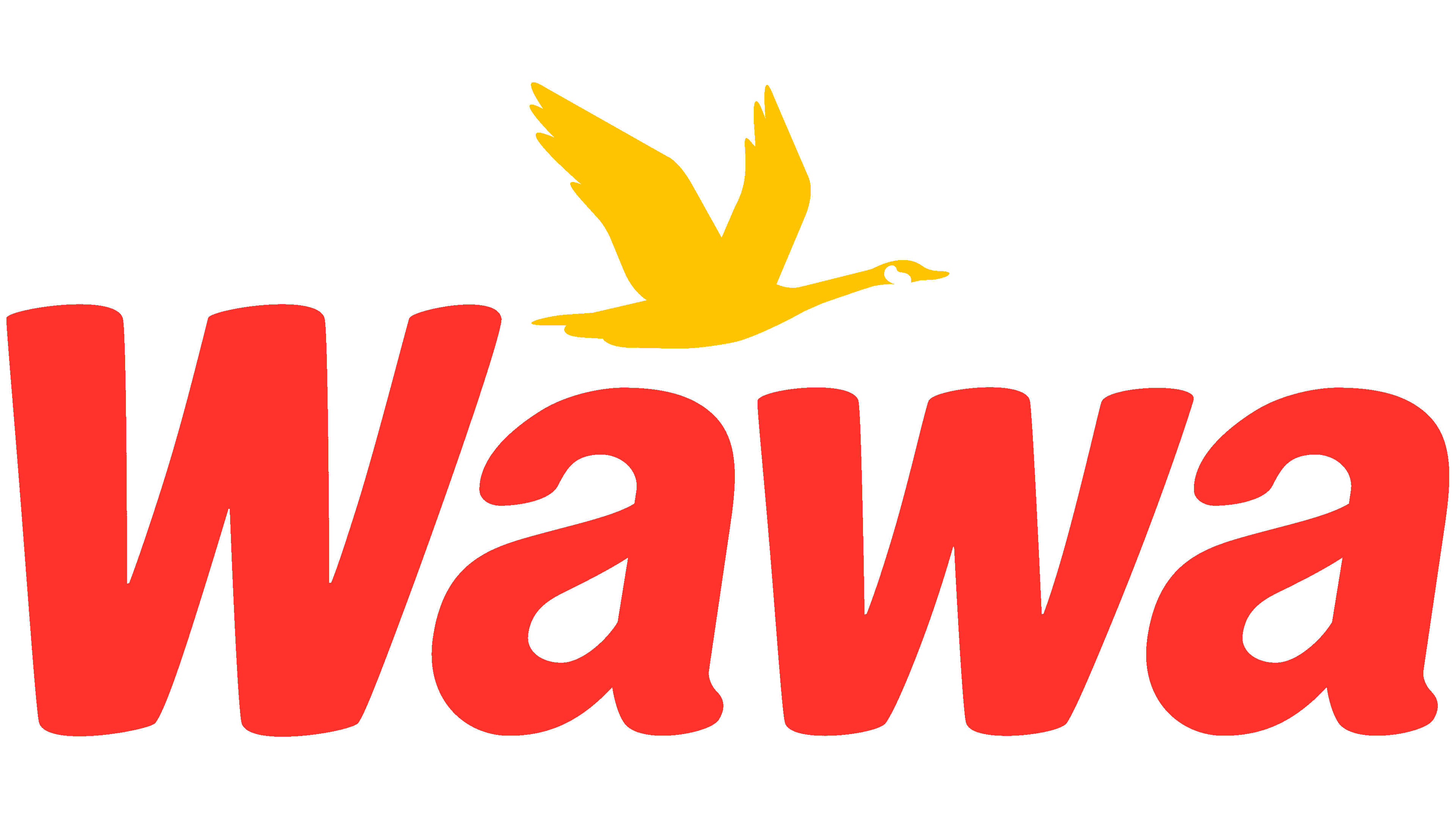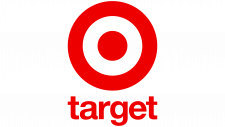Wawa Logo
Wawa is a renowned U.S.-based chain specializing in convenience retailing, with a significant emphasis on fresh food and fuel services. Headquartered in Pennsylvania, its stores span across the East Coast, including states like Florida and New Jersey. Renowned for its custom-made sandwiches, Wawa offers a diverse range of products from freshly brewed coffee to fuel services. It operates as a privately-held company, maintaining its legacy as a family-owned business since its inception. Wawa continues to evolve, merging the speed of convenience stores with the quality of specialty cafes.
Meaning and history
Wawa’s journey began in 1803 in New Jersey as an iron foundry. However, the company’s pivot to dairy farming in the early 1900s in Wawa, Pennsylvania, marked the beginning of its retail legacy. George Wood, the founder, initiated the transition, and by the 1920s, Wawa Dairy Farm was renowned for its certified milk.
In the 1960s, observing a decline in door-to-door milk deliveries and the rise of convenience stores, Grahame Wood, George’s grandson, opened the first Wawa Food Market in 1964. This store in Folsom, Pennsylvania, blended supermarket convenience with dairy products, setting a new retail standard.
Expansion was swift. By the 1980s, Wawa began offering fresh food services, a game-changer in the convenience retail industry. The 1990s marked the introduction of Wawa’s now-iconic touch-screen ordering, revolutionizing customer experience.
In the 2000s, Wawa’s reach expanded beyond Pennsylvania, with stores sprouting across the U.S. East Coast, including Florida. This period also marked Wawa’s foray into fuel services, making them a one-stop-shop for daily needs.
Throughout its history, ownership of Wawa has remained private, with a majority held by the Wood family and a portion by its associates through an employee stock ownership plan.
From iron casting to a leading convenience retailer, Wawa’s evolution is a testament to its adaptability and commitment to community and quality.
1890 – 1964
Official records highlight Wawa’s establishment in 1964, but its roots trace back nearly two centuries earlier. Originally operating as an iron foundry between 1803 and 1890, a transformative change occurred when George Wood, the visionary entrepreneur, acquired a farm. Transitioning into dairy, he retained the nostalgic name ‘Wawa’ for this new venture.
It was during this era that Wawa’s emblem was birthed: a distinct brown polygon enclosing the brand’s title. Crafted with angular serifs, the uppercase letters exuded authority. Below this, “DAIRY FARMS” took center stage, and a scrolled banner at the emblem’s base presented “TURNER AND WESCOTT.” While the lettering predominantly showcased a beige hue, the “WAWA” stood out with a delicate dark brown border. The emblem was a reflection of tradition and quality, echoing the brand’s evolution.
1964 – 1974
As door-to-door milk deliveries waned in popularity, Wawa’s proprietors faced a pivot: launching their inaugural convenience store. Banking on their established brand trust, they envisioned the store becoming a community favorite.
The emblem from this transitional era resembled a promotional badge composed of dual geometric facets: a dominant black trapezium coupled with a speckled, petite triangle punctuated by a circular void. These shapes harmoniously framed the pale grey “WAWA” moniker, accentuated by angular serifs. Concurrently, the robust “FOOD MARKET” descriptor, rendered in a bold, unembellished typeface, resided within a crescent-shaped slate ribbon, cementing the brand’s evolution.
1974 – 1989
The emblem portrays the iconic goose, symbolizing the city where Wawa’s dairy legacy began. This airborne goose is captured mid-flight, its elongated neck, body, and tail aligning seamlessly, showcasing its resolve and tenacity. As the goose vigorously flaps its wings, its head ventures beyond the encompassing circular backdrop. Positioned beneath the bird are the letters “awa,” with the uppermost part of the initial “W” aligning perfectly with the goose’s form. Beneath this arrangement, “Food Markets” is inscribed in a petite serif font. The prevailing hue that envelops the logo is a sunlit yellow, evoking warmth and vibrancy.
1990 – 2004
Towards the twilight of the 20th century, a rejuvenated rendition of the iconic goose emblem emerged. Initially conceptualized by a Villanova University student, who concurrently held a part-time role at Wawa, this design resonated so well that minimal adjustments were deemed necessary. Notably, the bird’s silhouette underwent subtle refinements, manifesting in more elegantly arched wings, interconnected feathers, and a streamlined body, infusing the goose with an aura of conviction and intent.
The symbolic representation of the bird has deep-rooted ties with the brand’s nomenclature. A lesser-known fact is that the term “Wawa” finds its origins in the dialect of the Lenni Lenape Indigenous community from the Delaware Valley, translating to “Canadian Goose.” Interestingly, Wawa’s corporate philosophy often likens their expansion strategy to a migrating flock of geese establishing presence across new habitats, symbolizing their strategic store inaugurations across cities.
Contrasting the original emblem, where the backdrop depicted a sunlit aura, the renewed logo features gradient shades of a gray sky, transitioning from deeper hues at the zenith to softer tones at the base. Beneath the pronounced black outline of the goose is a two-tiered, bold typography in black. The upper echelon spells out “Wawa,” while the lower one succinctly states “Inc.” complete with a terminal period, characterized by its weighty, rectangular serifs.
2004 – Today
In light of diversifying their product and service portfolio, the retail brand unveiled a revitalized logo. This refreshed design boasts a richer color palette, breaking away from the former gray uniformity. The alphabets now radiate in a vivid red, while the iconic goose shines in a luminous yellow. The creative team also repositioned the bird, angling it diagonally to give an impression of ascension, echoing growth and ambition. In addition to the color adjustments, there’s a noticeable transformation in typography. The erstwhile classic, serif-styled characters have made way for sleek, contemporary sans-serif letters, reflecting a more modern brand persona.
















